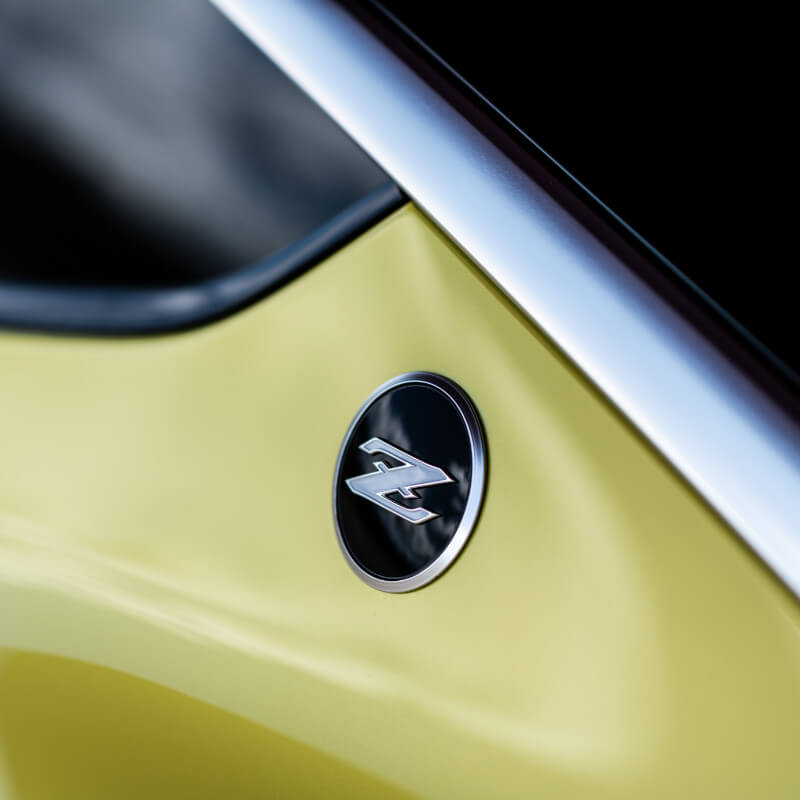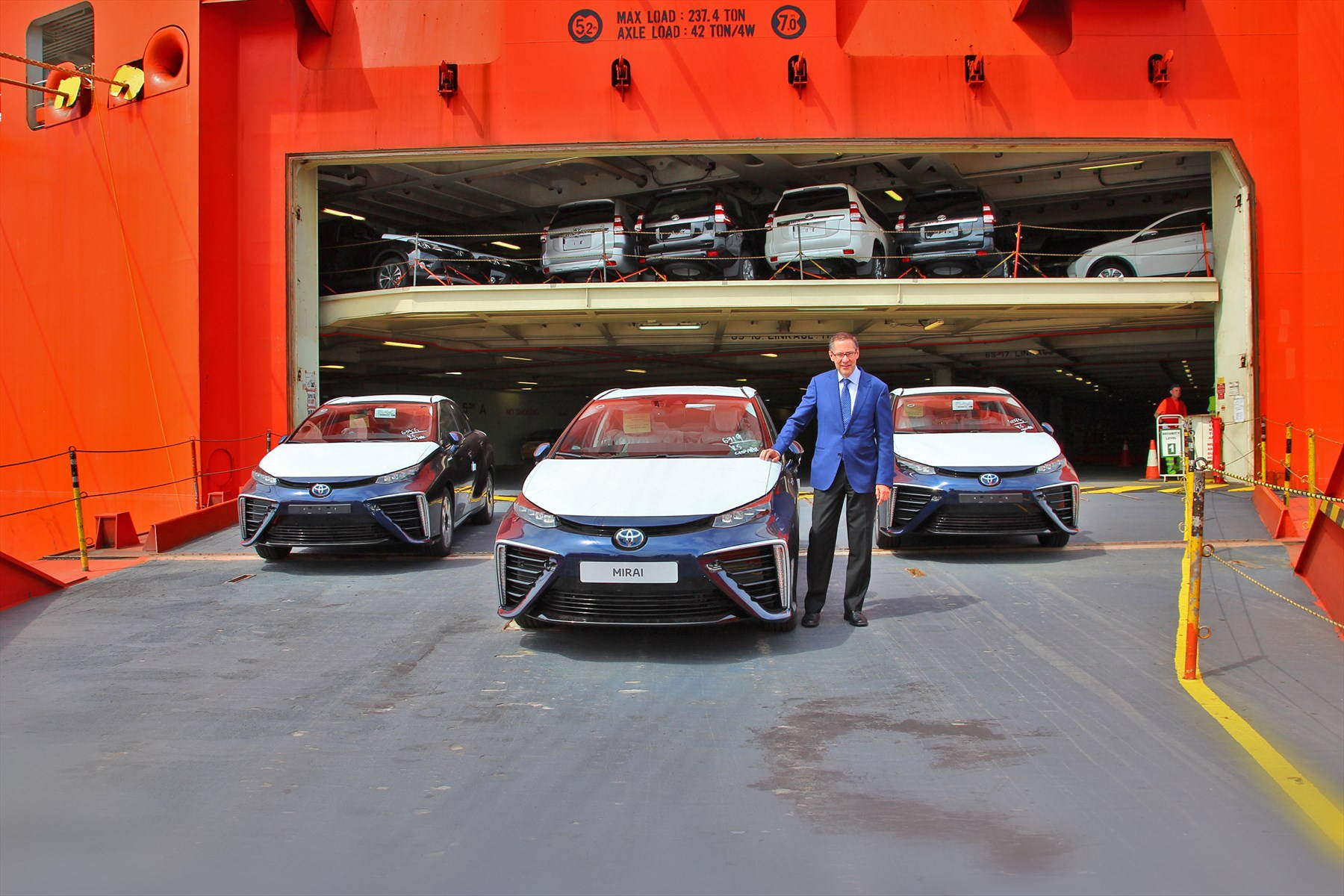Mercedes Benz Safety Technology
Daimler puts new safety technology on the road in all its commercial-vehicle divisions
- “Shaping Future Transportation” event presents innovative technical solutions for even more safety in commercial vehicles
- New assistance systems such as the Blind Spot Monitoring System the Mirror Cam, the Active Brake Assist and the Lane Assist accelerate the pace to accident-free driving
- Preparations for tests of autonomously driving trucks on public roads in Germany
- Dr. Wolfgang Bernhard, Member of the Daimler Board of Management for Trucks and Buses: “The vision of accident-free driving is our driving force. We are therefore continuously developing new safety systems and launching them on the market. How fast we can apply them depends significantly on how quickly the required legal framework can be created. This means that we need support from the political sphere. As a pioneer of safety technologies, we will take an active part in this social dialogue.”
BERLIN – The commercial vehicle divisions of Daimler AG are forging ahead with the development of safety and assistance systems for deployment in trucks, buses and vans. The ambitious goal is to avoid dangerous situations and thus to realise the vision of accident-free driving. To this end, all commercial-vehicle business units will launch new safety technologies such as the Blind Spot Monitoring System or the Mirror Cam in the coming years. In particular with long-distance trucks, the combination of various assistance systems will ease the way to autonomous driving in the coming years. Development for series application is making good progress at Daimler Trucks.
“The vision of accident-free driving is our driving force. We are therefore continuously developing new safety systems and launching them on the market. How fast we can apply them depends significantly on how quickly the required legal framework can be created. This means that we need support from the political sphere. As a pioneer of safety technologies, we will take an active part in this social dialogue,” said Dr. Wolfgang Bernhard, Member of the Daimler Board of Management for Trucks and Buses, at the event “Shaping Future Transportation – Campus Safety” staged by the Daimler commercial-vehicle divisions in Berlin.
Daimler is the industry’s pacemaker for active safety
A diverse range of vehicles – from a van to a semitrailer tractor and from an articulated bus to a super high-decker touring coach – were in Berlin to demonstrate the capabilities of state-of-the-art assistance systems made by Daimler. They cover a broad spectrum ranging from Crosswind Assist for vans to the new ATC anti-jackknife protection system for articulated buses and the new Blind Spot Monitoring system assist feature for trucks.
“We have set new benchmarks time and again in the field of active safety. We are the industry’s pioneer and pacemaker. And we have plenty of ideas on how to make goods transport by road even safer,” stated Dr. Bernhard.
New safety systems for series production
One new feature that Daimler is currently working on is the Mirror Cam. Monitors in the cab on the right and left-hand sides, in conjunction with exterior cameras, significantly improve visibility for the driver and reduce the risk of accidents. The lower wind resistance compared with conventional exterior mirrors additionally lowers fuel consumption.
Daimler is also pursuing the further development of Active Braking Assist, which in its current, third generation (ABA3) is able to brake a truck or coach to a standstill if necessary when faced with stationary obstacles. According to experts, more than half of all rear-end collisions involving heavy commercial vehicles can be avoided in this way. In the next stage of development, the emergency braking assistance system will also be able to detect pedestrians and cyclists.
Another innovation is Blind Spot Monitoring system, which Daimler Trucks will be putting into series production in the foreseeable future, as the first manufacturer in the world to do so. Experts estimate that this system, which detects pedestrians in the driver’s blind spot, has the potential to prevent half of all truck accidents with pedestrians and cyclists.
Lane Assist will also be further developed. Today, it already gives visible and audible warnings when a truck is about to leave its lane. The next stage is that it will actively keep the truck in its lane and steer the truck in case of a dangerous situation.
New systems as an interim step towards autonomous driving
Each of the new assistance and safety systems will reduce the number of accidents. Their intelligent combination will result in a quantum leap towards accident-free driving.
“When we combine all of a truck’s sensor systems for longitudinal and lateral dynamics, we further increase the safety of our vehicles significantly – autonomous driving will then become possible,” stated Dr. Bernhard. Trucks are predestined for that development. Cars drive an average of just under 12,000 kilometres each year, but long-distance trucks cover 130,000 kilometres, often on monotonous routes.”
Daimler Trucks has frequently demonstrated its leading role in the field of autonomous driving. In July 2014, the Mercedes-Benz Future Truck 2025 equipped with the Highway Pilot system completed its first drive in autonomous mode on a stretch of highway near Magdeburg. In May 2015, Daimler received the first-ever license for road use for the Freightliner Inspiration Truck, also equipped with the Highway Pilot, in the US state of Nevada.
The rapid application of Highway Pilot in both trucks was possible due to the close, worldwide collaboration between Daimler Trucks development engineers. As the only truck manufacturer in the world to date to do so, Daimler Trucks has already covered tens of thousands of test kilometres with autonomously driving trucks from its leading Freightliner and Mercedes-Benz brands – for the most part at its own test facilities and on non-public roads.
Politicians and manufacturers must create the right conditions
Testing on public roads is essential on the path to the market launch of this technology. Daimler Trucks will therefore be starting trials on German roads in the near future. The corresponding preparations are already underway.
Dr. Bernhard: “Politicians must make it possible for us to put autonomous trucks on the road soon. The advantages in terms of more safety and efficiency in goods transport are obvious. The very first cars and trucks appeared in Germany over a hundred years ago, and this is where the cars and trucks of the next generation must also be on the road first.
Norbert Barthle, Parliamentary State Secretary at the Federal Ministry of Transport and Digital Infrastructure, explained: “We want to make full use of the potential of automated driving. We expect this technology to improve traffic flows and increase traffic efficiency – with enormous benefits for drivers. For this reason, Transport Minister Dobrindt has established the ‘Automated Driving’ round table. This is intended to answer open questions and develop regulations with regard to liability law for example, with participation by scientists and representatives of the automotive industry. The Federal Transport Ministry will present the first key points in this area by the time of the Frankfurt Motor Show in September.”
Safety has top priority for buses and coaches
Safety systems also play a pre-eminent role in the buses and coaches from Daimler. The buses and coaches of the Setra and Mercedes-Benz brands employ the safety systems that are used in the trucks, for example. There are also safety features designed specifically for buses and coaches, such as a light but highly robust chassis frame that has been developed for the Citaro urban bus. The rollover stability of this frame already meets the requirements of a new EU standard that is not scheduled to come into force until 2017.
Another highlight is a new anti-jackknifing system, which Daimler engineers have developed to ensure that extra-long articulated buses such as the Mercedes-Benz CapaCity L remain controllable in difficult situations. This system operates in a similar manner to an electronic stability program (ESP) and is exclusive to Mercedes-Benz buses.
Unique in the van sector: Crosswind Assist
Daimler is also a leading safety innovator when it comes to its vans of the Mercedes-Benz brand. Ever since the first Sprinter rolled off the production line in 1995, this flagship van has had ABS on board as standard equipment. And Mercedes-Benz was the first manufacturer to equip its vans with ESP as standard, in 2002. ADAPTIVE ESP has been in service since 2006, additionally taking account of the vehicle’s payload and centre of gravity.
Crosswind Assist remains unique in the van sector, keeping the vehicle in its lane despite gusting side winds. Another unique feature is the PRE-SAFE system, which goes into action when an accident threatens. In this case, the seat belts are tightened, the windows are closed and the front passenger seat moves into an ideal position in relation to the airbags.
Falling accident statistics thanks to assistance systems
The figures show how positively safety and assistance systems are affecting accident frequency in the haulage sector: total road transport mileage in the European Union (EU) has increased by 15% since 2000, but the number of truck accidents involving fatalities has fallen by 56% over the same period.
Germany shows a similar picture: In 20 years, the total road transport mileage has increased by 80%, but a 57% decline in fatal injuries from truck accidents has been registered over the same period. It is very noticeable that the figures began to decline rapidly from around 2000 onwards – as trucks started to be equipped with assistance systems, with Mercedes-Benz as the main driving force introducing innovations such as the electronic stability system (ESP).
Safety pays off – for the customer and for society
Nonetheless, safety also needs to make economic sense, particularly for commercial vehicles, as they are the means by which these customers earn their living. A truck, bus or van that reaches its destination without an accident avoids downtime at the workshop as well as repair costs. At the same time, insurers reward the installation of safety systems with discounted premiums, reducing the costs of running a truck. The social benefits of avoiding accidents are undisputed – every road fatality is one too many.
Daimler is a pioneer in the field of safety and assistance systems – interdisciplinary research benefits all types of vehicles
Safety is one of the fundamental brand values of Daimler. For decades, the company has been a pioneer in the field of safety and assistance systems. Daimler introduced numerous safety systems long before they became legally prescribed, many of which have triggered revolutionary changes in safety technology.
Daimler is able to draw on the full scope of expertise available throughout the Group in developing measures to meet the diverse active safety requirements pertaining to its vehicles. The great advantage enjoyed by the individual business units and divisions is that trucks, vans, buses and also passenger cars are closely networked with each other and with corporate research at headquarters. This means that each unit benefits from the development work and experience of the others.
By way of example: In the spring of 1995, the electronic stability system (ESP) was the first such system worldwide to enter series production, in the Mercedes-Benz S-Class. Just a few years later, this was followed by considerably more complex versions in trucks, vans and buses, configured to suit the wide range of variants with different wheelbases, axle configurations, bodies and load conditions. ESP has now been used successfully for 20 years, and is firmly established as standard equipment. Another example is the emergency braking assistance system, which is in service on cars, vans, trucks, buses and coaches alike.







